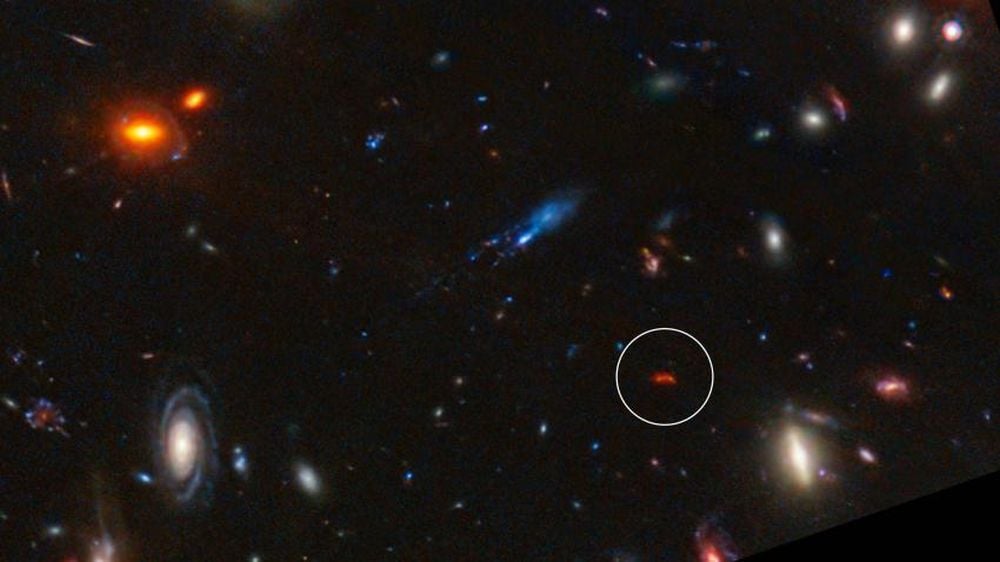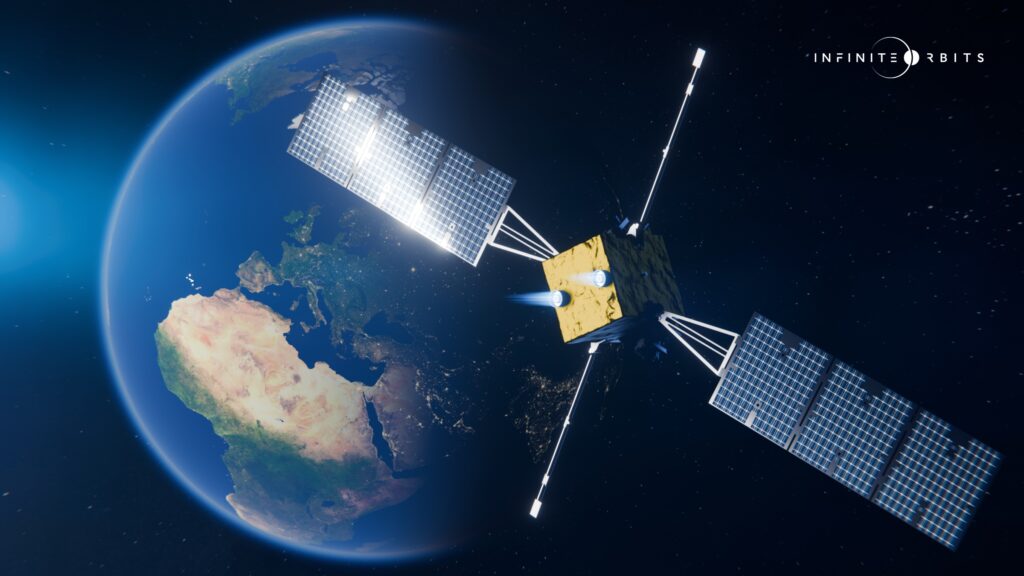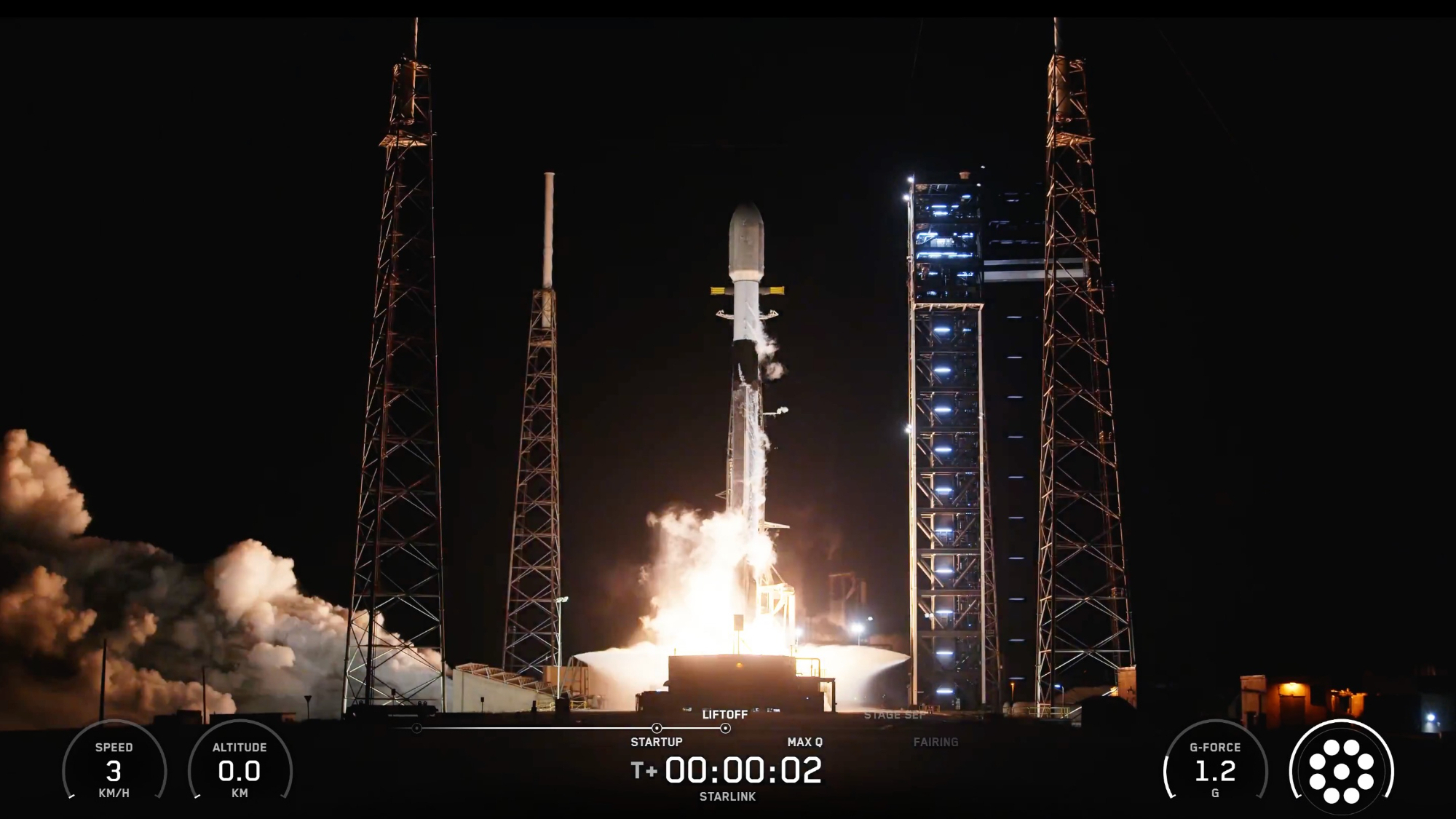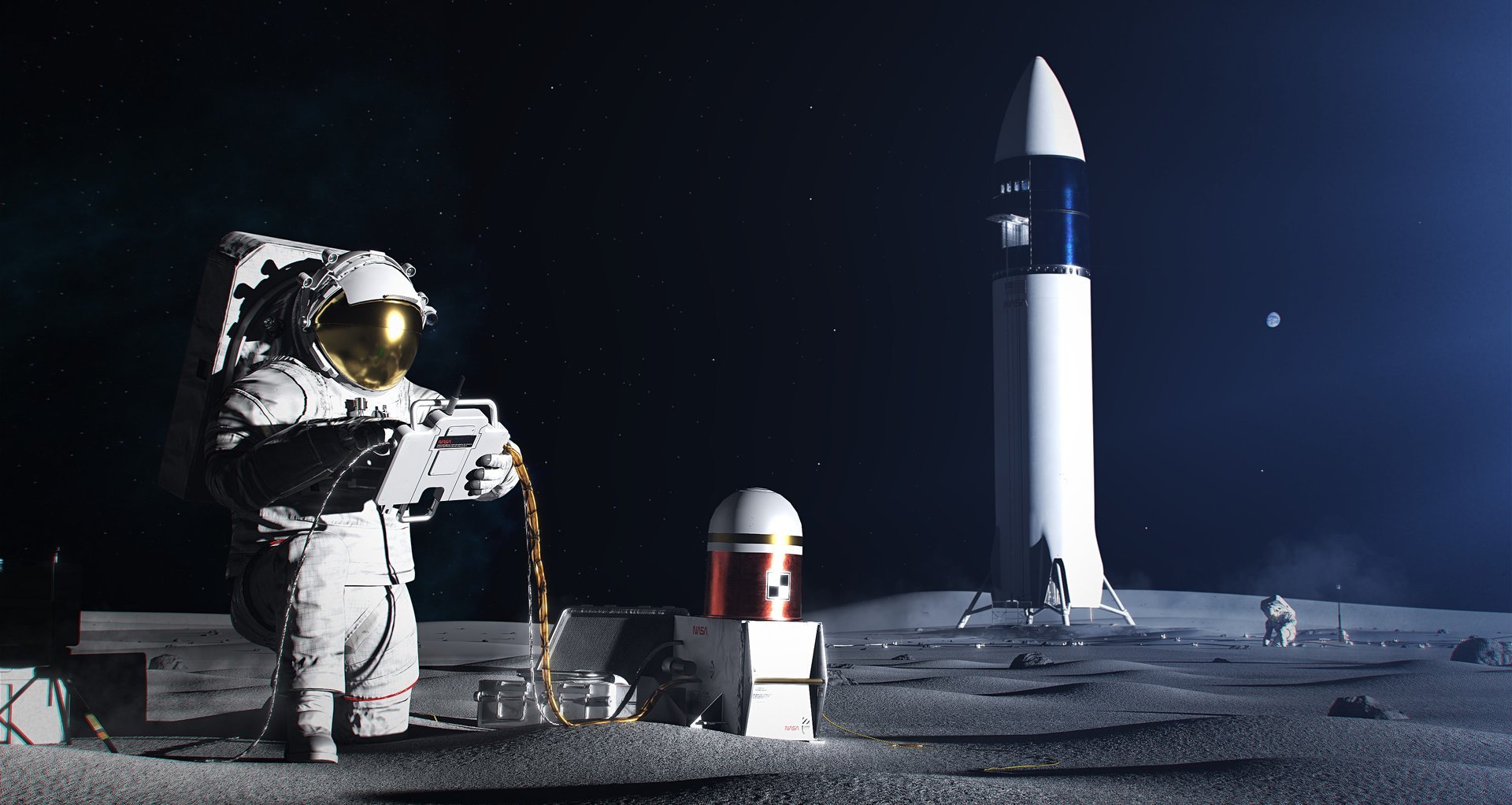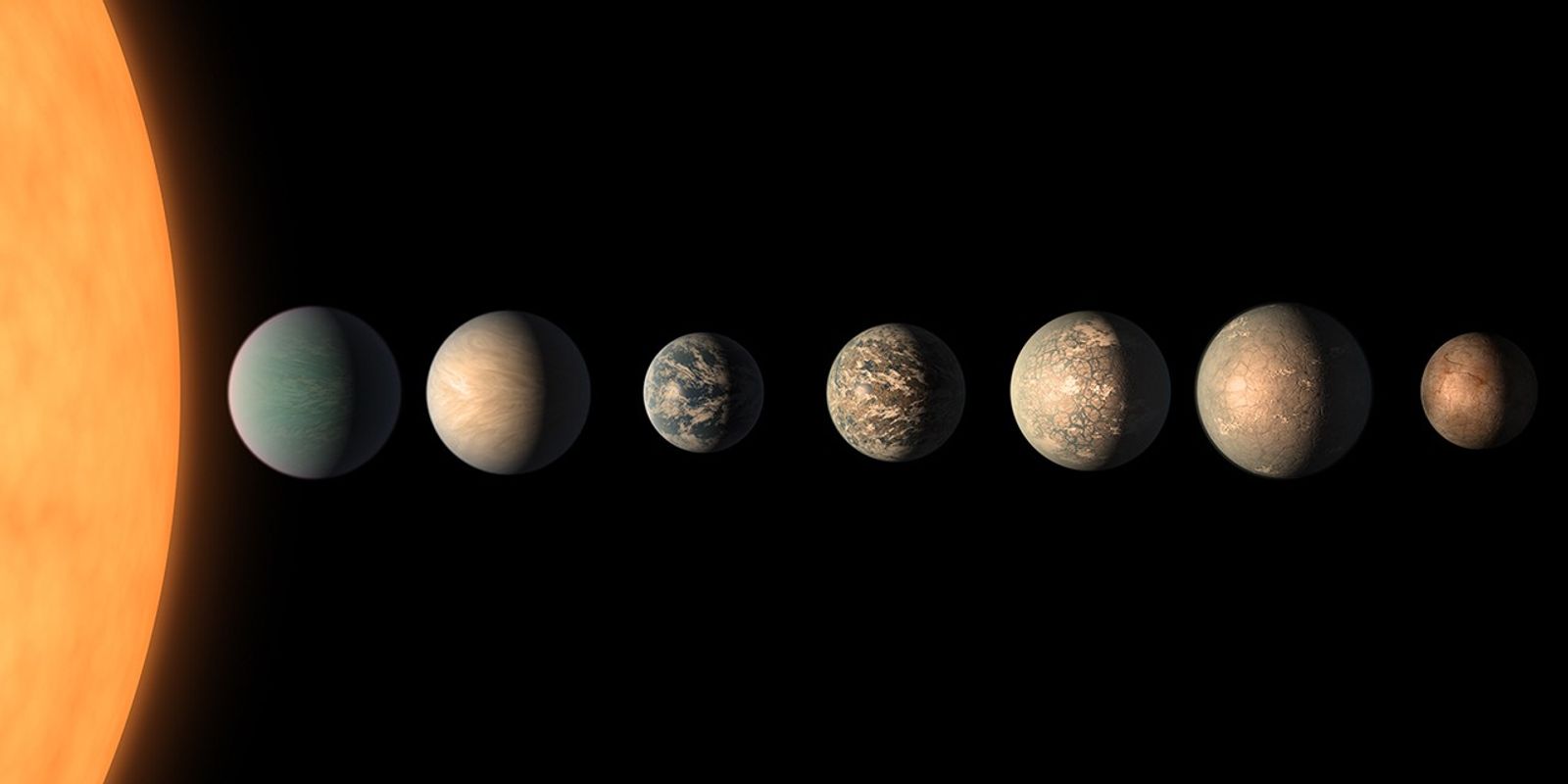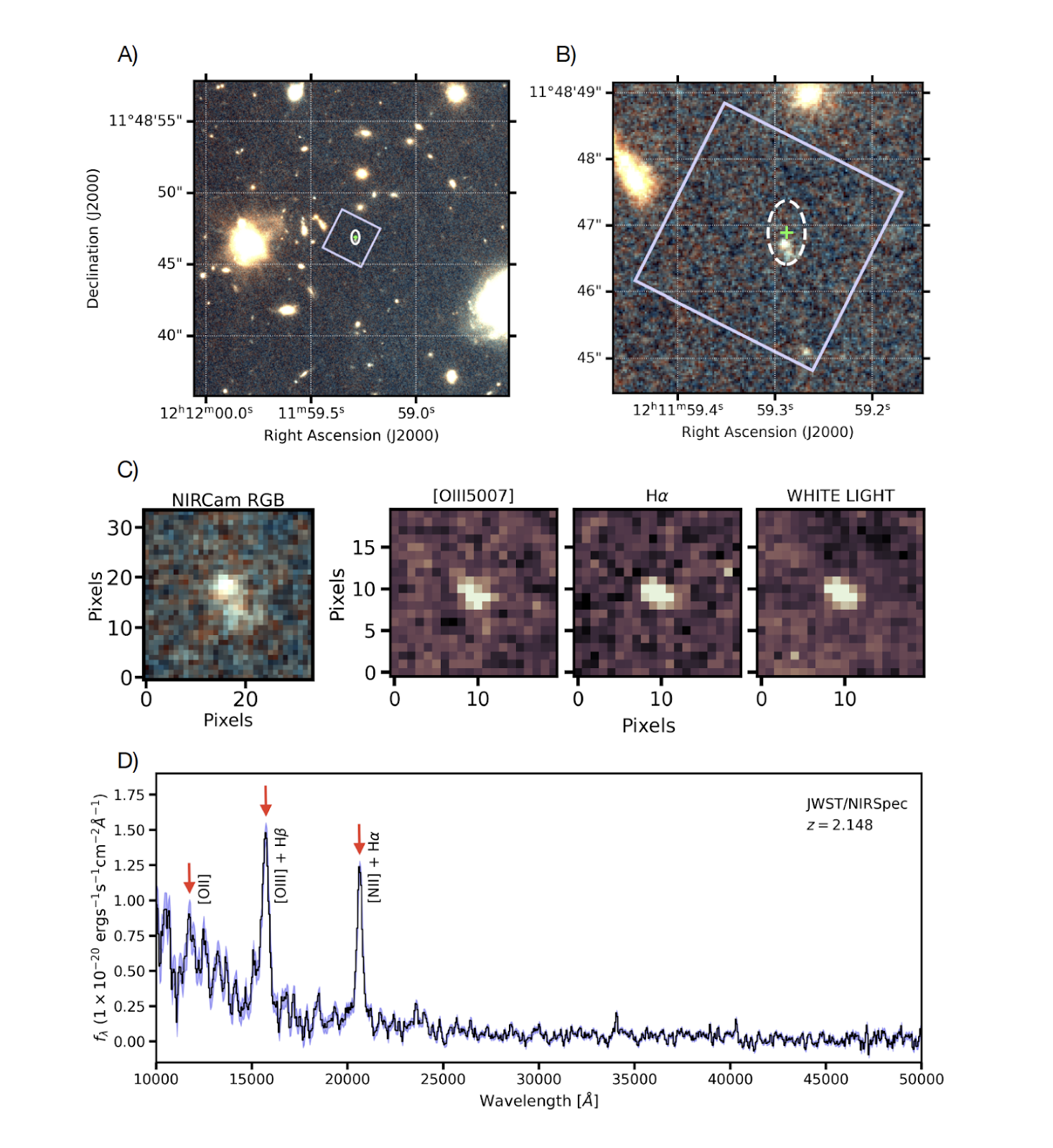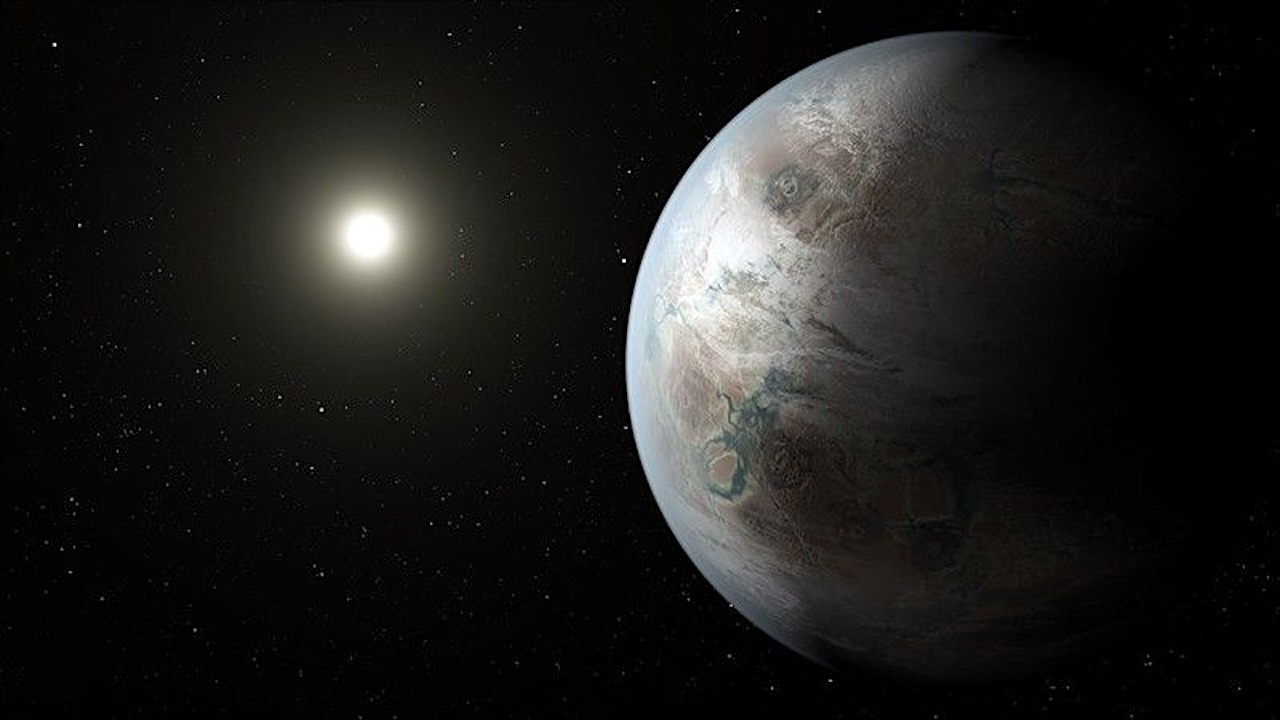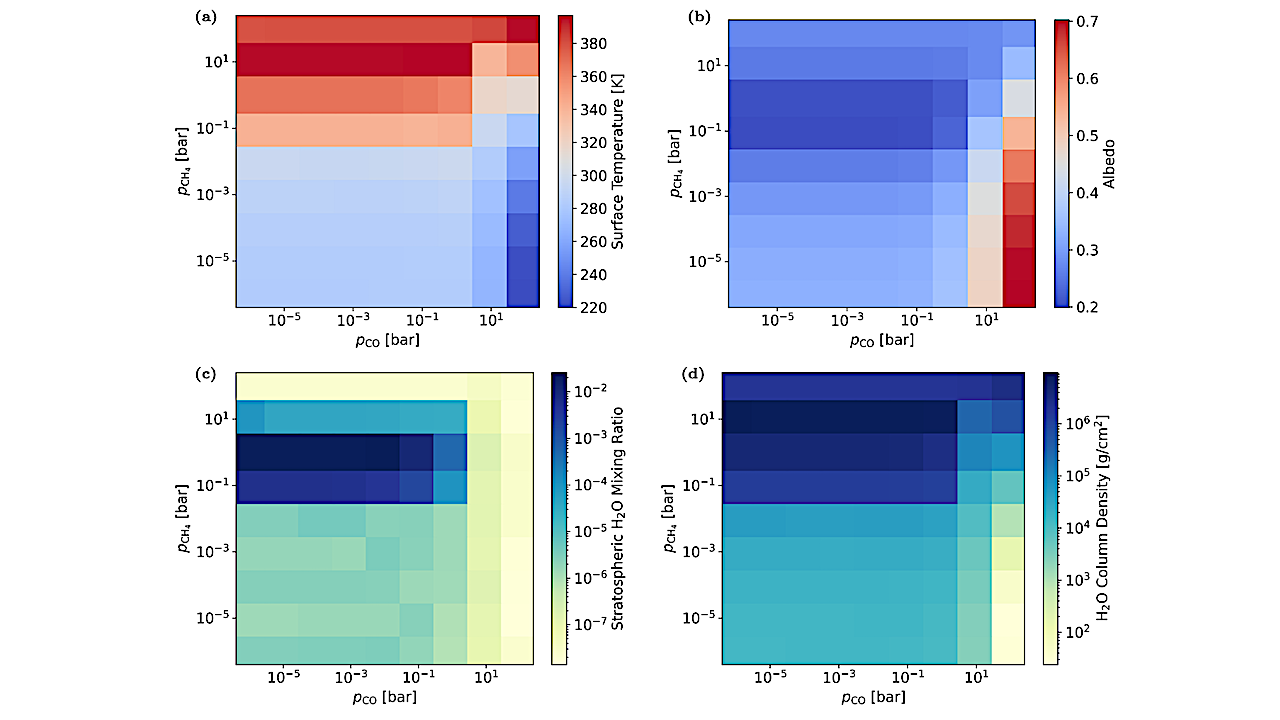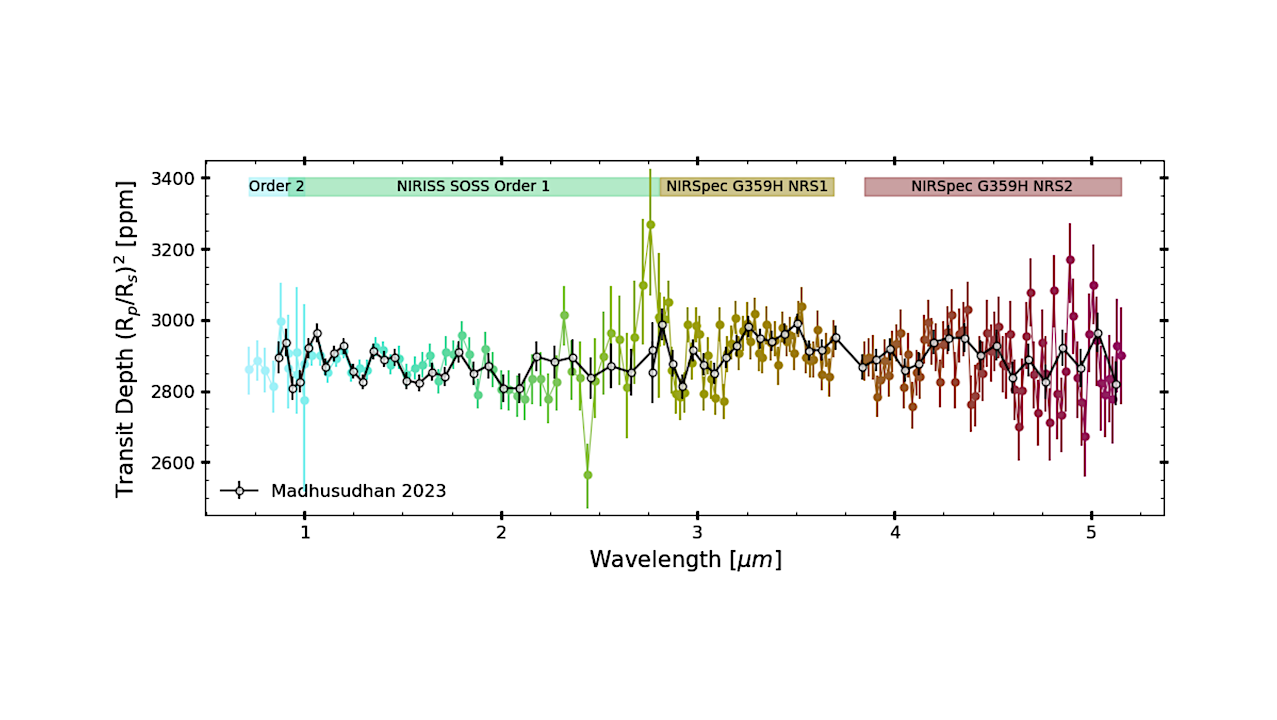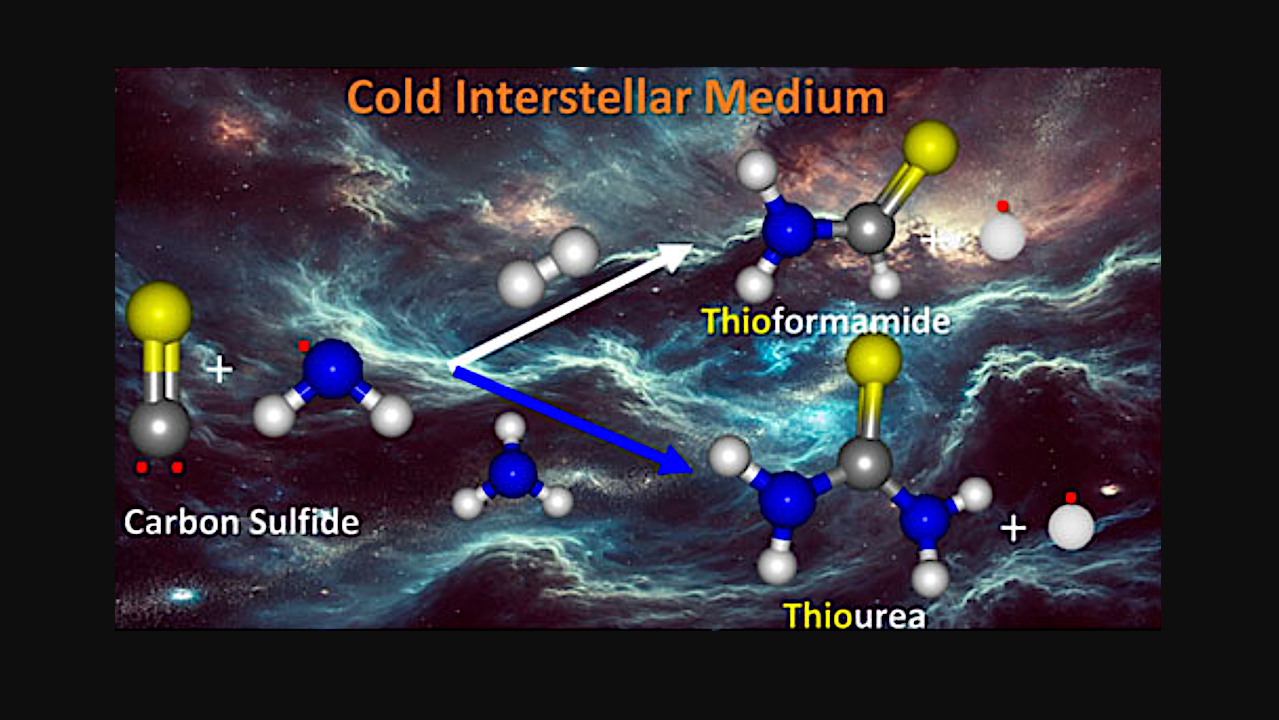A team of astronomers using the James Webb Space Telescope have achieved a breakthrough in understanding TRAPPIST-1, the famous red dwarf star hosting seven Earth sized planets. By analysing stellar
Astronomers have detected a fast radio burst (FRB) from when the Universe was just 3 billion years old, a remarkable achievement that opens new windows into the early universe and
Engineers at the University of Wisconsin-Madison uncovered a critical flaw in how lunar and Martian rovers are tested on Earth. Simulations revealed that test results have been misleading for decades
Astronomers at the Center for Astrophysics | Harvard & Smithsonian have proposed a new explanation for some of the universe’s most puzzling early galaxies, nicknamed “little red dots.”
The proposed readout system builds upon high-TRL modular SpaceCube hardware. Left panel: The readout system uses a build-to-print SpaceCube v3.0 Mini where the FPGA card (primary side pictured) houses a
Earth-mass planet orbiting a sun-like star — NASA The discovery of many low-mass exoplanets, including several planets within the habitable zone of their host stars, has led to the question
Dependence of (a) surface temperature, (b) planetary albedo (the Bond albedo measured at the top of the atmosphere), (c) H2O mixing ratio in the stratosphere, and (d) H2O column density
NIRISS/SOSS and NIRSpec/G395H transit spectrum of K2-18b. The spectrum matches that published by M23 after applying a -50 ppm offset to their spectrum. — astro-ph.EP K2-18b, a temperate sub-Neptune, has
NASA/Keegan Barber The members of NASA’s SpaceX Crew-10 mission – Roscosmos cosmonaut Kirill Peskov, left, NASA astronauts Nichole Ayers and Anne McClain, and JAXA (Japan Aerospace Exploration Agency) astronaut Takuya
Graphical Abstract – Amino acids and amide bonds (−C(O)−NH−) are the essential components of proteins, which serve as the foundation of life on Earth. — Frontiers in Chemistry Amino acids
-
 012024 in Review: Highlights from NASA in Silicon Valley
012024 in Review: Highlights from NASA in Silicon Valley -
 02Panasonic Leica Summilux DG 15mm f/1.7 ASPH review
02Panasonic Leica Summilux DG 15mm f/1.7 ASPH review -
 03How New NASA, India Earth Satellite NISAR Will See Earth
03How New NASA, India Earth Satellite NISAR Will See Earth -
 04And Thus Begins A New Year For Life On Earth
04And Thus Begins A New Year For Life On Earth -
 05Astronomy Activation Ambassadors: A New Era
05Astronomy Activation Ambassadors: A New Era -
06SpaceX launch surge helps set new global launch record in 2024
-
 07Space Force plans new ‘Futures Command’ amid pressure to speed up modernization
07Space Force plans new ‘Futures Command’ amid pressure to speed up modernization







